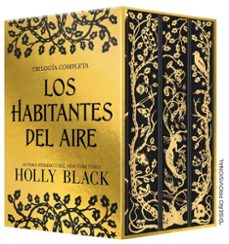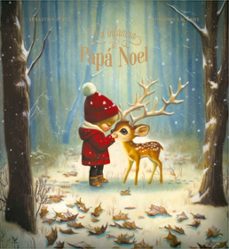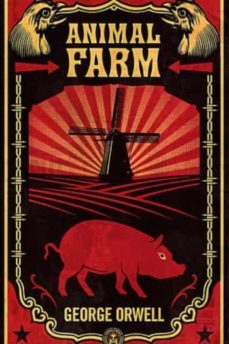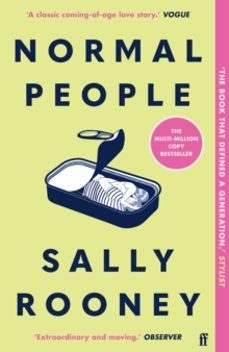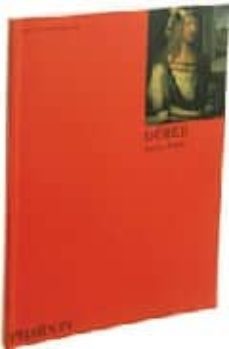Imprescindibles
Más vendidos Libros más leídos eBooks más leídos Todos los libros Todos los libros Autores destacados Series y sagas
Recomendados Libros recomendados Autores destacados Libros que inspiran Vidas con historia LGTBIQ+ English books
Ficción
Literatura Contemporánea Estudios literarios Clásicos Cuentos Poesía Teatro Libros de bolsillo Sagas literarias
Géneros literarios Novela romántica y erótica Novela negra Novela histórica Narrativa fantástica Novela de ciencia ficción Novela de terror Narrativa de humor Narrativa de viajes
No Ficción
Ciencias y tecnología Biología Ciencias Ciencias naturales Divulgación científica Informática Ingeniería Matemáticas Medicina Salud y dietas Formación Idiomas Estilo de vida Libros de Cocina Guías de viaje Narrativa de viajes Deportes Libros de Juegos Manualidades
Humanidades Autoayuda y espiritualidad Ciencias humanas Derecho Economía y Empresa Psicología y Pedagogía Filosofía Sociología Filología Biblioteconomía Estudios filológicos Estudios lingüísticos Estudios literarios Historia y crítica de la Literatura
Infantil
Juvenil
#Jóvenes lectores Narrativa juvenil Clásicos adaptados Libros Wattpad Libros Booktok Libros de influencers Libros de Youtubers Libros Spicy Juveniles Libros LGTBIQ+ Temas sociales Libros ciencia ficción Libros de acción y aventura Cómic y Manga Juvenil Cómic Juvenil Manga Shonen Manga Shojo Autores destacados Jennifer L. Armentrout Eloy Moreno Nerea Llanes Hannah Nicole Maehrer
Libros de fantasía Cozy Fantasy Dark academia Hadas y Fae Romantasy Royal Fantasy Urban Fantasy Vampiros y hombres lobo Otros Misterio y terror Cozy mistery Policiaca Spooky Terror Thriller y suspense Otros
Libros románticos y de amor Dark Romance Clean Romance Cowboy Romance Mafia y amor Romance dramatico Romance dramatico Romcom Sport Romance Otros Clichés Enemies to Lovers Friends to Lovers Hermanastros Slow Burn Fake Dating Triángulo amoroso
Cómic y Manga
Novela gráfica Novela gráfica americana Novela gráfica europea Novela gráfica de otros países Personajes, series y sagas Series y sagas Star Wars Superhéroes Cómics DC Cómics Marvel Cómics otros superhéroes Cómics Valiant
eBooks
Literatura Contemporánea Narrativa fantástica Novela de ciencia ficción Novela de terror Novela histórica Novela negra Novela romántica y erótica Juvenil Más de 13 años Más de 15 años Infantil eBooks infantiles
Humanidades Autoayuda y espiritualidad Ciencias humanas Economía y Empresa Psicología y Pedagogía Filosofía Historia Historia de España Historia Universal Arte Cine Música Historia del arte
Ciencia y tecnología Ciencias naturales Divulgación científica Medicina Salud y dietas Filología Estudios lingüísticos Estudios literarios Historia y crítica de la Literatura Estilo de vida Cocina Guías de viaje Ocio y deportes
MARTIN BAILEY
Recibe novedades de MARTIN BAILEY directamente en tu email
Filtros
Del 1 al 2 de 2
PHAIDON PRESS LIMITED 9780714833347
Durer An introduction to the work of Albrecht Durer.Martin Bailey One of a series of introductory books on the great masters and movements in art Thi volume on Durer contains an extensive essay, 48 full-page colour plates, and is accompanied by extensive notes and comparative illustrations Provides incomparable value Highly regarded for its insight and authority Albrecht Durer (1471-1528) was one of the greatest artists of the Northern Renaissance, remarkable for the range and versatility of his work. His woodcuts and engravings made him famous throughout Europe and he is still regarded as one of the most brilliant printmakers of all time. Durer was equally successful at religious and secular subjects, paining magnificent altarpieces and powerful portraits. He also produced an impressive range of drawings and watercolours in a variety of media. The son of a Hungarian goldsmith, Durer grew up in Nuremberg, a town half-way between the Netherlands and Italy, and he found inspiration in the work of painters of both these major artistic centres of his time. But rather than simply imitating what others were doing, Durer was very much an innovator; he is the first artist who is known to have painted a self-portrait and to have done a landscape painting of a specific scene. This book contains some of his best-loved works, including A Young Hare and Praying Hands.
Ver más
Tapa blanda
PHAIDON PRESS LIMITED 9780714834634
Vermeer An introduction to the work of Jan Vermeer.Martin Bailey One of a series of introductory books on the great masters and movements in art This volume on Vermeer contains an extensive essay, 48 full-page colour plates, and is accompanied by extensive notes and comparative illustrations Provides incomparable value Highly regarded for its insight and authority Johannes Vermeer of Delft (1632-75), known as 'the painter of light', was one of the most talented artists of the Dutch Golden Age. Only 36 of his paintings survive and little is known about his life, yet he is one of the most popular of the Old Masters. His tranquil and meticulously painted interiors, of such subjects as women writing or reading love letters, and men and women drinking together or playing musical instruments, are acutely observed and have an enduring appeal, both for their subject-matter and for the artist's breathtaking technique and sensuous handling of paint. Vermeer was raised in an inn, and he followed in his father's footsteps, becoming an innkeeper and an art dealer, as well as an artist. He qualified as a master painter in the Delft artists' Guild in 1653 and remained in the town all his life. He was greatly influenced by the artistic milieu, particularly by the painters Carel Fabritius, Leonaert Bramer, Pieter de Hooch and Gerard Dou. This book illustrates in colour all his extant works, including the magnificant townscape, View of Delft, and the allegory, The Art of Painting; with 12 telling details, it provides an excellent overview of his work and technique.
Ver más
Tapa blanda
Del 1 al 2 de 2



